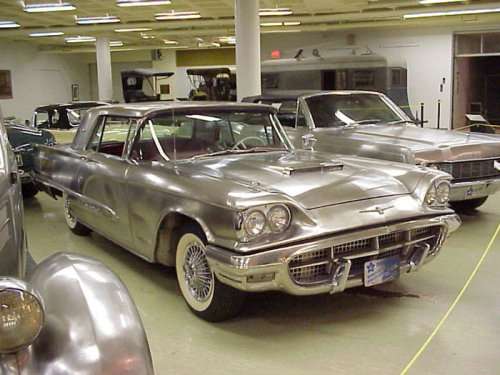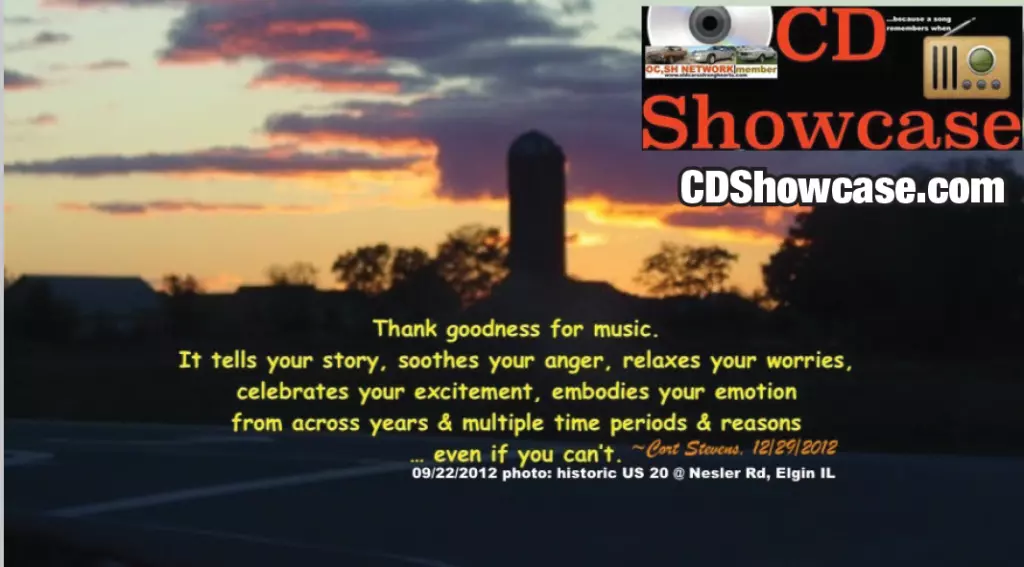Monday 11th July 1960
Two unique stainless steel 1960 Ford Thunderbirds were completed at the Ford Motor Company factory in Wixom, Michigan, US in collaboration with the Allegheny Ludlum Steel Corporation and The Budd Company. They had done this before, back in 1936, when Ford built six Tudor Sedans for Allegheny Ludlum in stainless steel, all of which went on a coast-to-coast promotional tour to demonstrate the durability, flexibility, and beauty of stainless steel. Due to the hard properties of the stainless material, forming body panels would be more difficult than with conventional carbon steel, so panels for the two specially-ordered Thunderbirds would need to be stamped at the end of the production run, after all the carbon steel panels required for assembly had been done, as well as extras that would be required for service replacements in the field to repair cars damaged in collisions. As expected, the dies that had been used for three years to stamp out thousands of panels were rendered useless after the stainless panels were made, and were said to have been scrapped afterward, although we have it from a respected authority that the dies weren’t actually destroyed, but would have required time to make them usable again. One panel in particular presented a problem for the stampers. The roof panel was normally stamped using a single die, but the stainless stock material wasn’t wide enough to accommodate the width of the roof, so the stainless roof panels were constructed by making two separate roof stampings for each car, then welding the panels together down the center line of the roof to complete the panel. There were other concerns that needed to be addressed, as well. One was the fact that dielectric corrosion occurs when two dissimilar metals are placed in contact with each other, and since the stainless and conventional steel panels needed to be joined together in many areas, copper spacers were used to prevent them from touching. Standard production nuts, bolts, screws, and other assorted fasteners were already made of stainless steel, so no special parts were required for these components. When the cars were completed, some of the people involved with the project felt that the stainless steel finish was too shiny, so both cars underwent a buffing process that gave the finish a satiny sheen and brushed look.Over the years, some restoration and maintenance has been performed on both cars, including a freshening up of the engines, interior carpeting, and other things that would be expected on any well cared for older vehicle. Padded instrument panels were replaced, as virtually all of the original pads deteriorated internally and caused the panel to lose its shape and shrink.
The 1960 Thunderbirds would not be the last cars created with stainless steel. In the mid-sixties, three Lincoln Continental Convertibles were built and used for promotions around the country. All were equipped with dark blue leather interiors, and were titled as 1967 models, which was the last year for the glorious four door Lincoln Continental Convertible. Two of the cars reportedly carried 1966 trim, while the third was decked out in full 1967 regalia.






